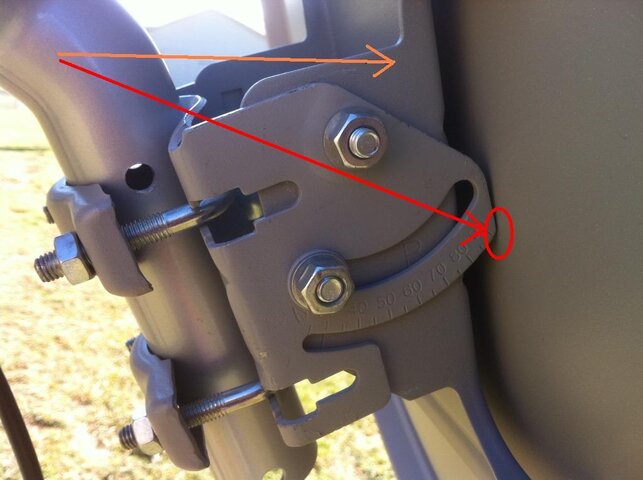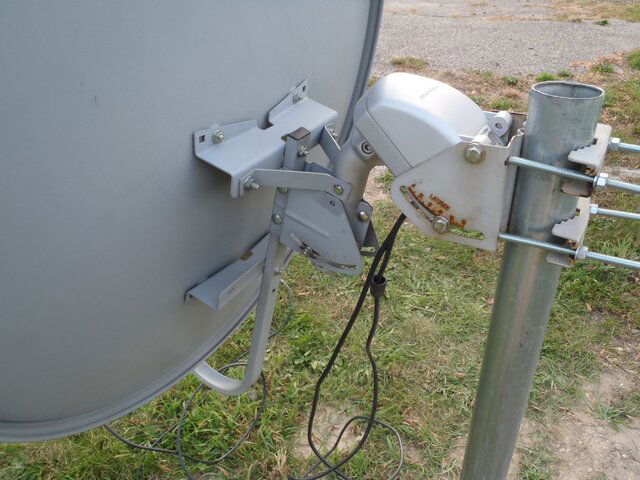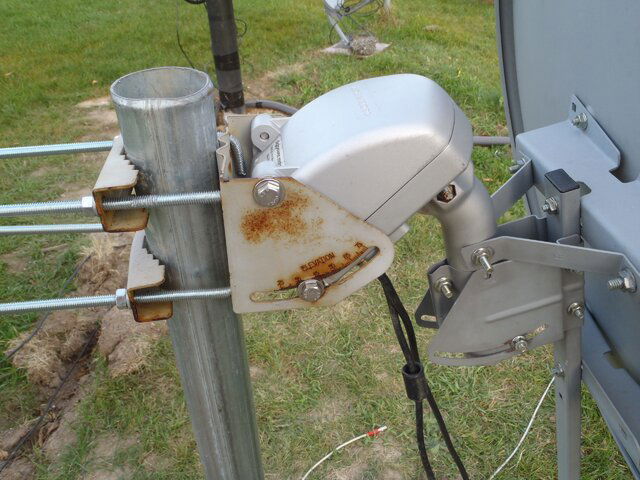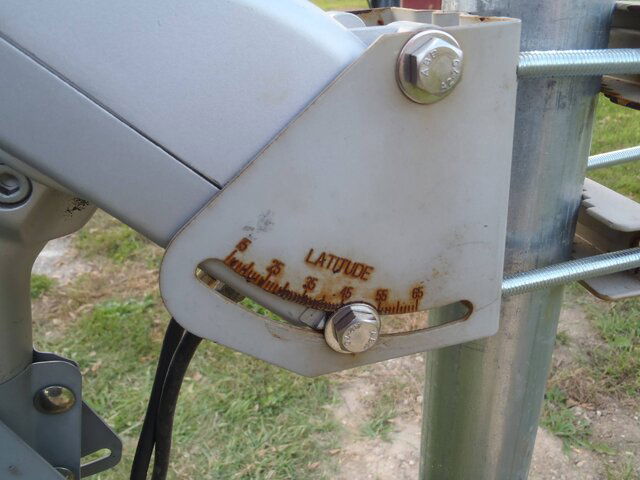Go to dishpointer.com and get your longitude, latitude and dish elevation. Set the motor inclination to your latitude and then set your dish elevation to the figure you got from dishpointer. Swing your dish to true south, use a compass you should be able to get close. You have to set up on your southern most satelite. In your receiver select your southern most satelite. Enter in your longitude and latitude and set all satelites to USALS mode. Go into satelite setup for your southern most satelite and make sure the LNBF setting is set to 10750. The motor will automatically move to the southern satellite based on your longitude and latitude setting. If you don,t have signal or quality just do a blind scan. When you get signal go to dish and fine tune for best signal and quality.
That's it. All other satellites will automatically go the proper location.
One other thing. Be accurate with your settings. When you set your longitude and latitude be accurate to the decimal point.
Good hunting.
That's it. All other satellites will automatically go the proper location.
One other thing. Be accurate with your settings. When you set your longitude and latitude be accurate to the decimal point.
Good hunting.









